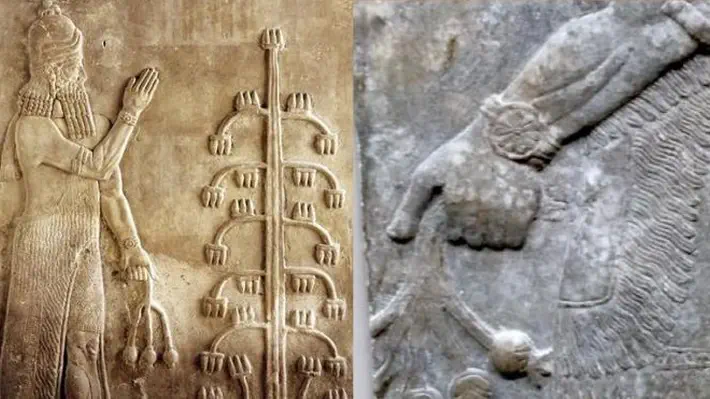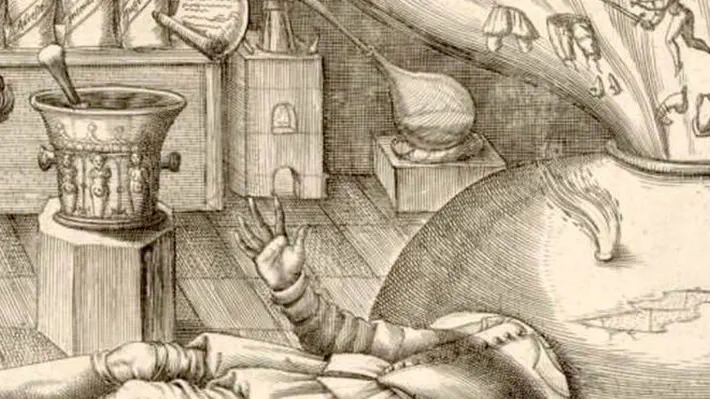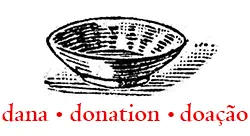contain multitudes • by Padma Dorje • established in 2003
contain multitudes
 resobscura
resobscuraOpium or Cucumber? Debunking a Myth About Sumerian Drugs
If you turn to an early page in one of the dozens of books about the history of opium, there's a decent chance that you will run into the claim that opium use goes back to ancient Sumer. Specifically, the argument goes, the Sumerians called opium hul gil, meaning "joy plant," and memorialized their use of the drug in sculptures like the one above, which supposedly shows a deity holding poppy pods. This blog post is about how everything in the above statement is wrong.
 resobscura
resobscuraThe Alchemy of Madness: Understanding a Seventeenth-Century "Brain Scan"
The image above is a detail from a remarkable 1620 engraving I first came across this past summer. It shows a man sliding another figure into what looks like an old-fashioned oven - but instead of smoke, images of the man's thoughts billow out of the oven's top. The "baker" is in fact an apothecary, the "oven" is a distillation apparatus, and the man whose thoughts are boiling out of his head is someone being treated (metaphorically) for madness.
 resobscura
resobscura resobscura
resobscura




